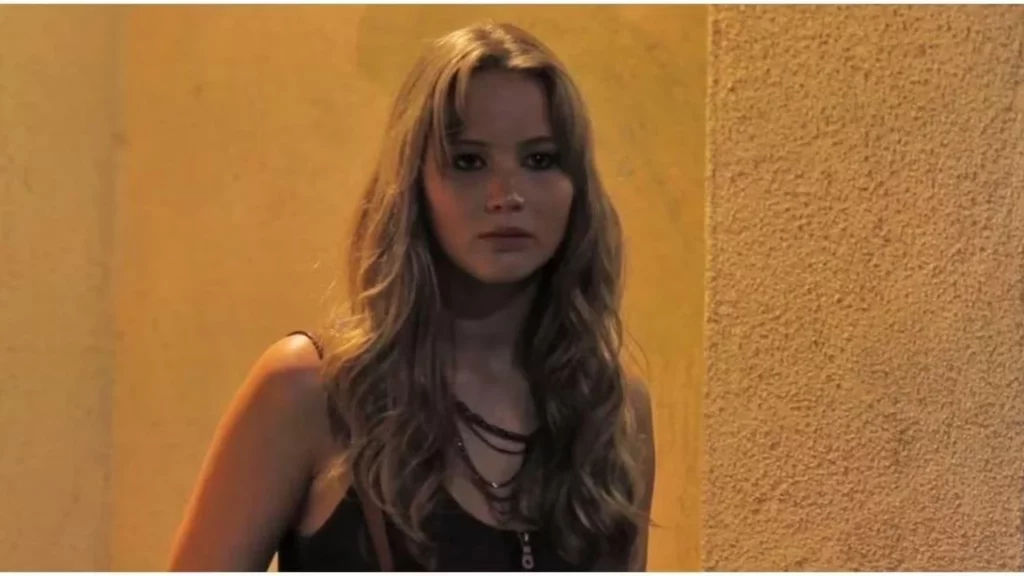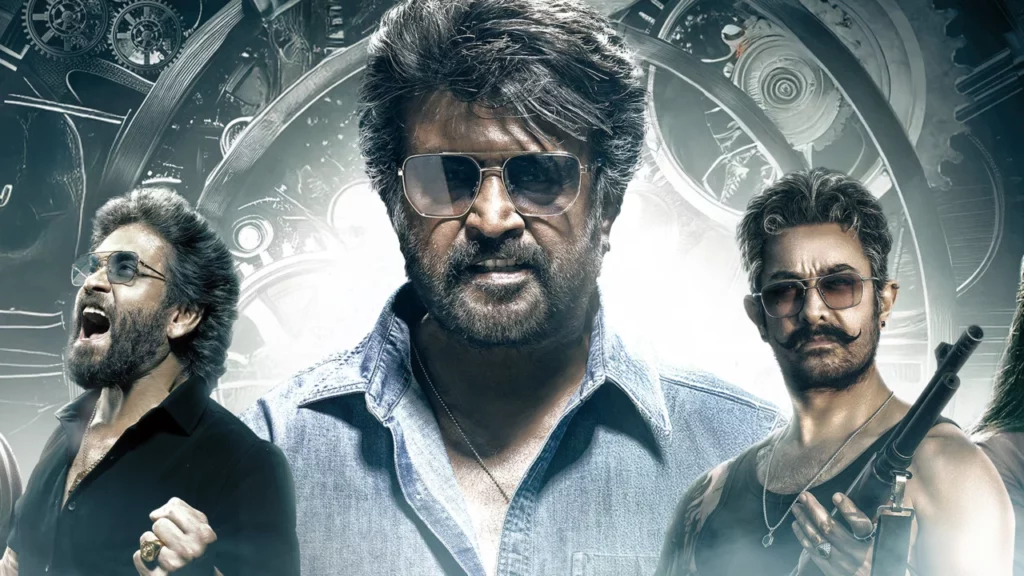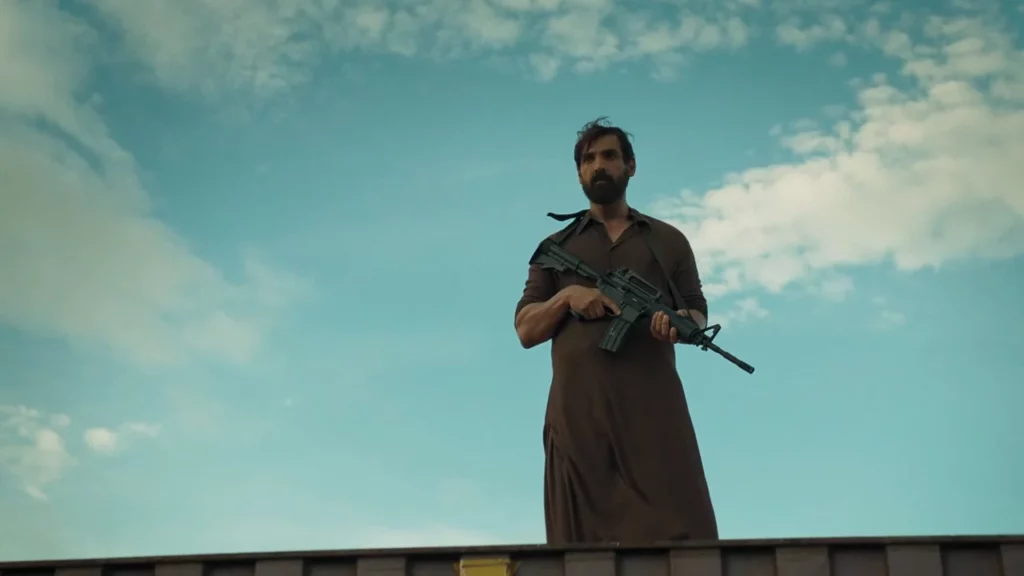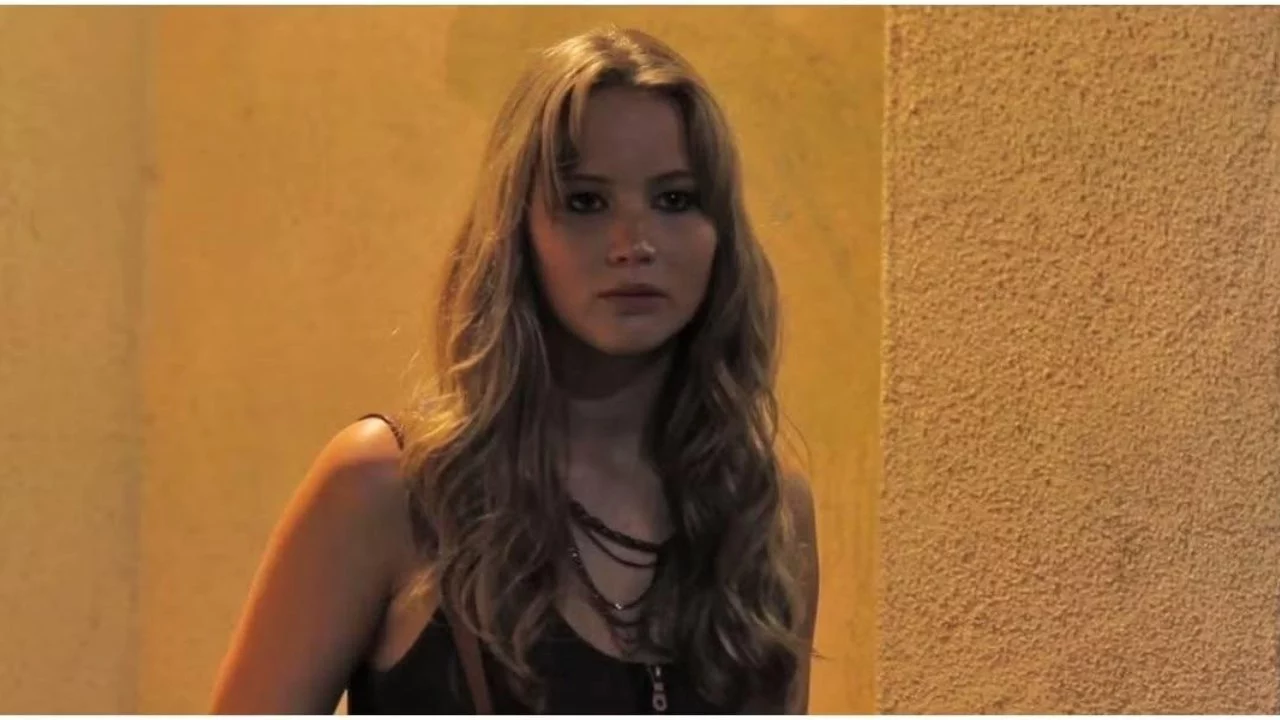
Like Crazy (2011) Movie ft. Anton, Felicity, and Jennifer
What If, originally titled The F Word, stands as a delightful departure from predictable romantic comedy formulas. Directed by Michael Dowse, this 2013 film brings together Daniel Radcliffe and Zoe Kazan in lead roles. The supporting cast includes Adam Driver, Mackenzie Davis, and Rafe Spall.
The film represents a significant career milestone for Radcliffe. It marks his first contemporary romantic lead role after years of fantasy pieces. Shot primarily in Toronto with scenes in Dublin, the movie premiered at the 2013 Toronto International Film Festival. What sets this film apart is its commitment to authentic dialogue and genuine character development.

Plot and Storyline
The story follows Wallace, a medical school dropout who has sworn off relationships. Living in his sister’s attic and working a dead-end job, Wallace reluctantly attends a party. There, he meets Chantry, a charming animator who shares his quirky humor. The catch? Chantry has been with her boyfriend Ben for five years.
What begins as an instant connection develops into close friendship. Both navigate complicated territory between platonic affection and romantic attraction. When Ben gets a job in Dublin, physical distance strains his relationship with Chantry. This creates space for her friendship with Wallace to deepen.
The film explores ethical complexities without taking easy routes. Rather than manufactured obstacles, it derives tension from genuine emotional conflicts. The screenplay allows characters to make realistic choices based on their personalities. Director Dowse demonstrates keen understanding of pacing, allowing relationships to develop organically.

Cast Performances
Daniel Radcliffe delivers what may be his most naturalistic performance as Wallace. Free from fantasy elements, Radcliffe showcases considerable comedic timing while maintaining vulnerability. His portrayal feels lived-in and authentic, capturing educated millennial anxiety. Radcliffe successfully sheds his Harry Potter persona without abandoning his earnestness.
Zoe Kazan matches Radcliffe’s energy perfectly as Chantry. She brings intelligence and genuine warmth to avoid the manic pixie dream girl trope. Kazan grounds Chantry in recognizable human motivations. Her chemistry with Radcliffe makes their connection feel immediate and authentic.
Adam Driver nearly steals the movie as Allan, Wallace’s outrageous best friend. Driver brings his signature combination of physical comedy and unexpected depth. His relationship with Mackenzie Davis’s Nicole provides a successful romantic subplot. It enhances rather than distracts from the main story.
Rafe Spall faces the challenging task of playing Ben. He must be likable enough to justify Chantry’s loyalty but not perfect. Spall navigates this delicate balance skillfully. His performance adds moral complexity by making Ben a real person rather than an obstacle.
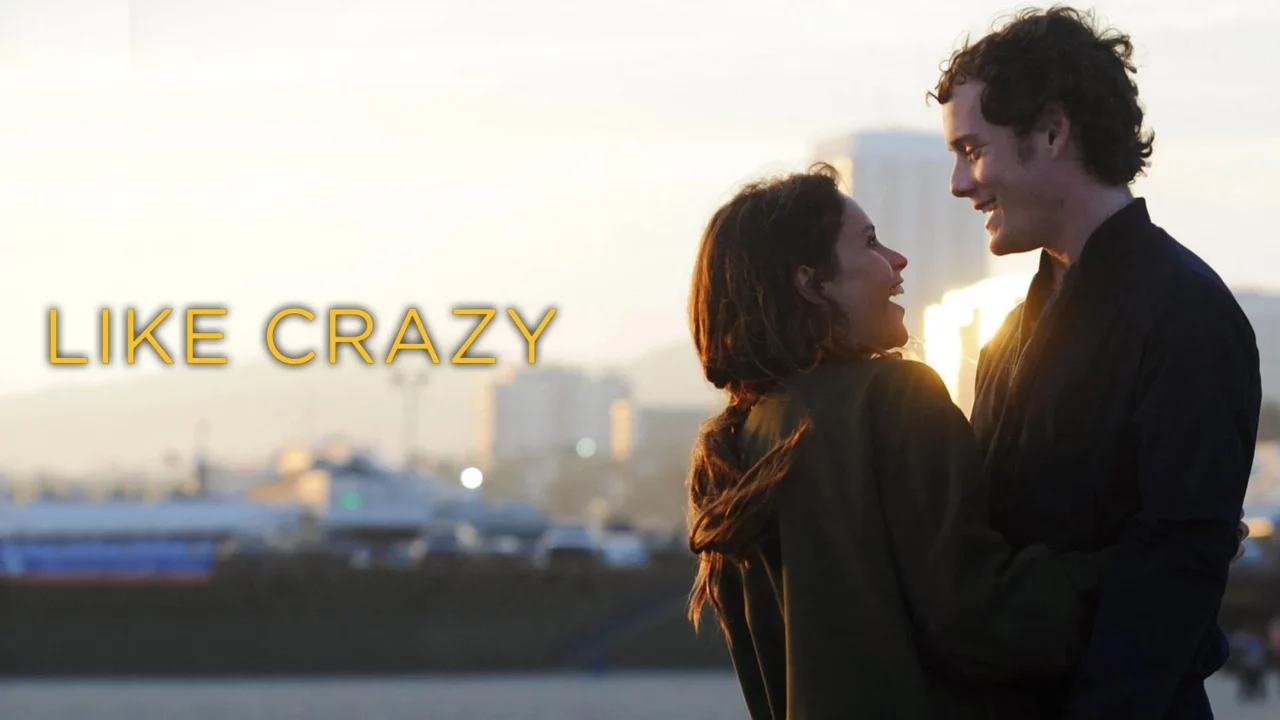
Technical Aspects
Michael Dowse’s direction demonstrates significant growth from his previous work. He balances the film’s comedic and dramatic elements effectively. His background in comedy serves him well in physical sequences. The memorable beach scene serves as a turning point in the relationship.
The cinematography captures Toronto’s urban landscape with beauty and authenticity. Rather than presenting glossy unrealism, it shows characters in lived-in spaces. The visual style supports emotional beats without calling attention to itself.
Production design creates distinct worlds for each character while maintaining coherence. Wallace’s cluttered apartment reflects his emotional state. Chantry’s shared space suggests comfort and stability. These details add characterization layers without requiring exposition.
What Works
The film’s greatest strength lies in authentic dialogue and realistic interactions. The screenplay avoids overly precious dialogue that plagues indie comedies. Characters speak in recognizable patterns of contemporary educated adults. They include pop culture references and self-deprecating humor.
The approach to the central romantic dilemma shows admirable restraint. Rather than rushing toward betrayal, attraction develops gradually. Their friendship feels genuine and valuable independently. This makes romantic tension more meaningful when it emerges.
Supporting characters avoid typical romantic comedy stereotypes. Allan and Nicole’s relationship provides successful counterpoint to the main romance. They embrace chaos rather than overthinking interactions. This contrast illuminates Wallace and Chantry’s particular challenges.
Areas for Improvement
Certain pacing issues occasionally interrupt narrative flow. The middle section drags as characters navigate complicated feelings. Some scenes feel more like therapy sessions than natural interactions. Tighter editing might have maintained better momentum.
The ending feels somewhat rushed compared to careful character development. While providing emotional satisfaction, resolution comes together too neatly. It lacks complexity that made earlier portions engaging. The reshot conclusion sacrifices some ambiguity for crowd-pleasing resolution.
Some supporting characters feel underdeveloped despite their importance. Wallace’s sister and nephew could have been explored more deeply. These relationships needed additional context for his character arc. The film occasionally indulges in forced quirky indie tropes.
Critical Reception and Reviews
The film received generally positive reviews from critics. It earned a 74% approval rating on Rotten Tomatoes based on 133 reviews. The average rating was 6.3/10. On Metacritic, it scored 59 out of 100 based on 36 critics.
Peter Travers of Rolling Stone wrote positively about the film. He said it doesn’t break new ground but has charm to spare. John DeFore of The Hollywood Reporter called it a crowd-pleaser. He noted it would help audiences see Radcliffe beyond his wizard role.
Justin Chang of Variety found it roughly three parts charming to one part cloying. He said it largely succeeds at pulling off a smart riff on conventions. However, some critics found it too familiar. Eric Kohn of IndieWire felt it does nothing fresh.
Audiences responded more favorably than critics. CinemaScore surveys gave the film an A, grade. Many viewers praised authentic chemistry between leads. They appreciated the mature approach to romantic relationships.
My Take on the Film
I found What If to be a surprisingly refreshing romantic comedy. The film works because it treats characters as real people facing genuine dilemmas. Radcliffe’s performance successfully transitions him to contemporary adult roles. His chemistry with Kazan feels natural and unforced.
What I particularly enjoyed was the authentic dialogue. Characters speak like actual people rather than movie constructs. The Toronto setting adds genuine flavor instead of generic urban backdrop. Adam Driver’s supporting work provides perfect comic relief without overshadowing the leads.
The film doesn’t completely escape genre conventions, but it approaches them intelligently. I appreciated how it avoided vilifying any character, especially Ben. This moral complexity elevates it above typical romantic triangles. While the ending feels slightly rushed, the journey there proves worthwhile.
Rating: 4/5 stars
